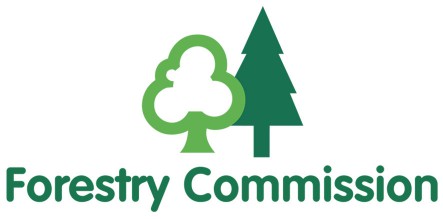Management requirements for woodland supplement WS3 (squirrel control)
Updated 16 January 2025
Applies to England
Purpose
This operations note is to be used to determine the appropriate works within woodland supplement 鈥榃S3 (squirrel control and management)鈥�. WS3 is only eligible to be used in conjunction with Countryside Stewardship (CS) woodland improvement option WD2 and will be used to support the increased effort to control grey squirrels.
Effective use of supplement will increase resilience within the woodland, support and help protect red squirrels (where present), and the biodiversity and structure of the site. Wider environmental benefits are likely to occur beyond the site boundary because of this option.
This guide is also known as 鈥榦perations note 60鈥�.
What you need to do
Guidance for each step of the process is provided for each of the mandatory requirements, which are:
Demonstrable increases or maintenance of acceptable levels of grey squirrel control from the start of the CS agreement.
Squirrel control plan (SCP)
A draft 鈥榮quirrel control plan (SCP)鈥� needs to be submitted and agreed with the woodland officer or Forestry Commission specialist at the time of application and active from the start of year 1.
Use 鈥榃S3.1 Grey squirrel control plan鈥� from the Management requirements for woodland supplement WS3 page.
Read 鈥榃S3.2 Grey squirrel control plan guidance鈥� to help you complete the plan, this can be found on Management requirements for woodland supplement WS3.
A reviewed SCP will be agreed with the woodland officer or Forestry Commission specialist by the end of year 1.
Erect an agreed number of traps/trap sites and/or bait stations, and/or engage in shooting within your woodland and land within the same holding (Single Business Identifier (SBI) number), which is immediately adjacent to and connected with the relevant WD2 parcels and as shown in your squirrel control plan (capital item FY3 is available for WS3 applications). Traps and other items are expected to be active throughout the 5-year period.
Cull data
You need to collect and submit cull data annually to the Forestry Commission, including a record of squirrels culled, and time spent culling (effort).
Use 鈥榃S3.3 Squirrel cull and effort record鈥� found on Management requirements for woodland supplement WS3.
Surveys and impact assessments
An agreed number of impact/activity surveys will need to be completed, and a squirrel survey summary template submitted to the Forestry Commission by the end of year 1, 3 and 5.
Use 鈥榃S3.5 NFC squirrel activity and impact recording sheet鈥� and read 鈥榃S3.6 NCF activity and impact methodology鈥� found on Management requirements for woodland supplement WS3.
Where to send review documents and plans
The cull data and survey report need to be sent to your local Forestry Commission area species management mailbox:
- South West: [email protected]
- North West and West Midlands: [email protected]
- East and East Midlands: [email protected]
- South East and London:[email protected]
- Yorkshire and North East: [email protected]
These mailboxes are for submissions of your review documents and plans only. Read the guidance on how to label your email for submission.
Find your local Forestry Commission area using the area boundaries map.
Support and training
Your local Forestry Commission office will provide details of annual training and awareness days, which provide support with management plan writing and completing the monitoring requirements.
Opportunities for squirrel control training (trapping and shooting methods of control) will be signposted by your woodland officer or Forestry Commission specialist
How to submit and review documents
When you鈥檙e ready to submit the cull data and survey report, or any other WS3 review document requested, you must title your email accordingly with:
- your SBI number
- your CRM number and estate name (name of woodland)
- the name of the document you are submitting
- the review year the document relates to (if the document is at year 2 of the 5, use the title 鈥榊R2鈥�)
For example, your email title would look like this: 鈥�123456789 CRM-1234567-A8A9A0 Woods Estate Cull data YR2鈥�.
This title template must be used to submit your information.
Your document will be recorded and you鈥檒l receive an email confirming it has been received. Ensure you submit your documents to the correct local Forestry Commission area.
Only email addresses of applicants/agents with authority are allowed to send in these documents.
Further advice
Read .
Information on red squirrel conservation is available through the .
Search the Countryside Stewardship grant finder for information to help you apply for grant support. Or contact your local Forestry Commission office.

